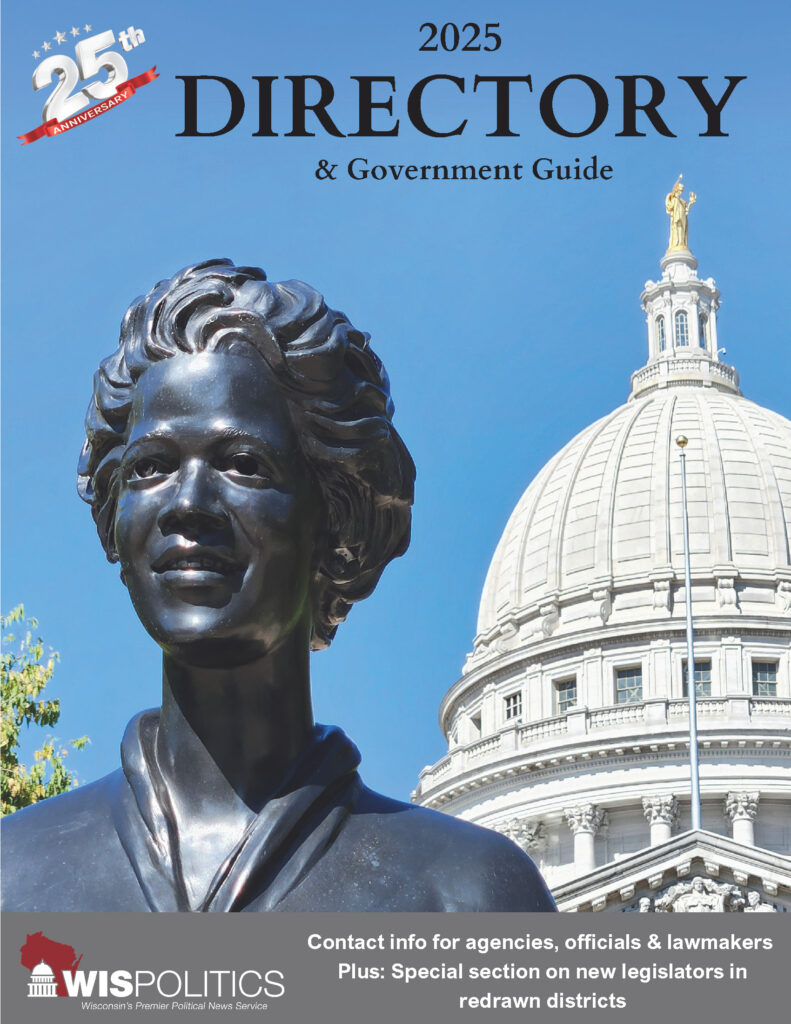The column below reflects the views of the author, and these opinions are neither endorsed nor supported by WisOpinion.com.
Energy is atop the headlines like never before. Whether it is power needs for new data centers or simply bringing down utility bills for consumers, everything runs through energy. But that energy must run through something too: infrastructure. With so much power demand and a new presidential administration seeking to unleash American energy like never before, infrastructure cannot become a choke point.
States can lead the way and serve their people by streamlining and encouraging new infrastructure projects. Enabling the swiftest, safest, and most cost-effective transmission infrastructure is a shared priority among all stakeholders. But exactly how to do that is still being settled.
When the Federal Energy Regulatory Commission introduced Order No. 1000 in 2011, the debate heated up. That order largely ended the federal right of first refusal (ROFR), which enabled certain utilities within a service territory to have priority in building new transmission infrastructure. A series of reports has since been penned by key stakeholders on each side of the debate. Incumbent utilities argue they deliver projects faster, avoiding a lengthy competitive bidding process without neglecting the detailed planning required to design efficient and effective transmission projects. Independent developers argue they introduce more innovation, come into new regions with lower bids, and ultimately save ratepayers money.
A survey of this debate, which spans nearly 10 years, reveals that many of the aspirations of introducing competitive bidding did not materialize, while a new cost was introduced: time.
Every day a generation source is not delivering electricity over transmission infrastructure to end users, costs arise. These costs may stem from congestion and inefficient, capacity-strapped grid infrastructure to higher-cost energy sources needed to match demand. Prolonged transmission development timelines can lead to additional costs like inflation, supply chain issues, and changing market conditions. The year or more it can take to facilitate competitive bidding can allow these costs to grow.
Another concern is opportunity cost in the surrounding regional economy. Because critical investments may be delayed or denied, entrepreneurs or corporations cannot necessarily count on reliable power being connected to their project at the earliest available time. High energy costs from inadequate infrastructure can also dissuade investment.
Time delays can impose significant costs regardless of whether incumbents or independent developers are doing the building. The ROFR model is not a silver bullet that guarantees efficiency and cost effectiveness, but it does take the clear issue of delay off the table.
When it comes to other arguments that have volleyed back and forth, there are at least three worth exploring: cost savings, competition, and innovation. First is cost savings, which is important to ratepayers and the overall region’s economy. While independent developers frequently bid lower and often include cost cap mechanisms, the overall savings do not materialize on average across many projects over many years. There are numerous cases in which initial bids are revised upward, and even cost caps increased. While it is fair for developers to raise those caps for things like inflation, the ratepayer still sees the cost increase at the end of the day.
The second is competition. At a high level, the simplified version of this debate is regulated monopoly versus competition, but this can miss how infrastructure building is really done. Even when an incumbent utility begins a project, they often rely on competitive bidding to select contractors and subcontractors to complete the work. In other words, there is competition inherent to infrastructure building, and a right of first refusal is not a bar to competition.
The final consideration is innovation. Just as competition can bring cost savings but does not guarantee it, so with innovation, new ideas do not ensure better results. In some instances, the reason independent developers believe they can offer a lower cost is to try something new or that has worked elsewhere. Incumbents already operating in a region counter that they know the region best. Because they prioritize resilience and utilize competitive contracting, there are ample opportunities for innovation already. An outside company less familiar with the service territory may attempt an unproven approach that doesn’t pan out due to regionally specific factors they are less acquainted with.
The American experiment is all about states being free to try and revise policy. They should learn from what has worked and failed elsewhere and be guided by quality research and data that has matured over the course of time. The more information that comes on this topic, the less clear it is that competitive bidding delivers all it promises. As Wisconsin legislators consider introducing a Right of First Refusal (ROFR) allowing incumbent transmission utilities to develop new power infrastructure, they can do so with the knowledge that costs, competition, and innovation are not at issue, but timing is.
– Benjamin Dierker is the executive director of the Alliance for Innovation and Infrastructure (Aii), the only nationwide public policy think tank dedicated to infrastructure.


